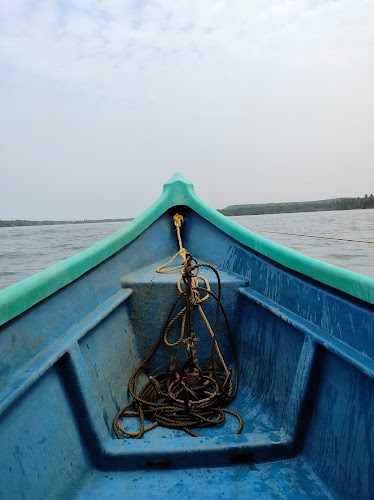
Malvan Marine Sanctuary
Malvan, India
- Boat tour around Sindhudurg Fort
- Explore the marine biodiversity
- Relax on the beaches
- Scuba diving to explore coral reefs
- Snorkeling in the clear waters
- Visit Padmagarh Fort
Known for:
Description:
The Malvan Marine Sanctuary, located off the coast of Malvan, Maharashtra, India, is a haven for marine biodiversity. Established in 1987, it's India's only marine sanctuary and spans across approximately 29 square kilometers. The sanctuary encompasses Sindhudurg Fort, Padmagarh Fort, and other surrounding islands and submerged coral reefs. Visitors can explore vibrant coral gardens teeming with colorful fish, sea anemones, and other fascinating marine creatures. Snorkeling and scuba diving are popular activities, offering close encounters with the underwater world. Boat tours provide a surface-level view of the sanctuary's beauty, including the historic forts and rocky islands. The sanctuary aims to protect the fragile marine ecosystem and promote sustainable tourism in the region. It's a must-visit destination for nature enthusiasts and adventure seekers alike.
History:
The Malvan Marine Sanctuary was established in 1987 to protect the rich marine biodiversity found along the Malvan coast. The area was recognized for its diverse coral reefs, unique marine life, and historical significance, with the presence of Sindhudurg Fort adding to its importance. Before its declaration as a sanctuary, the area faced threats from unsustainable fishing practices and habitat destruction. The sanctuary's establishment marked a significant step towards conserving the region's natural heritage. Over the years, efforts have been made to promote eco-tourism, educate local communities about marine conservation, and monitor the health of the coral reefs. The sanctuary continues to serve as a vital refuge for marine life and a valuable resource for scientific research and education.